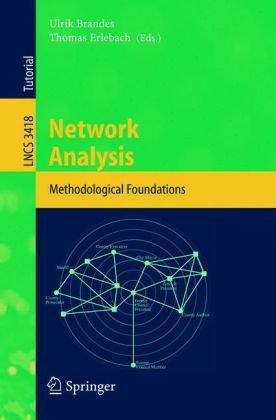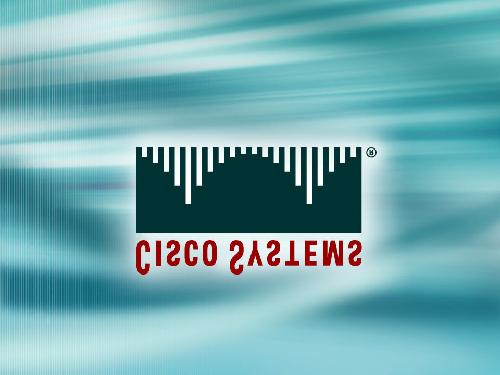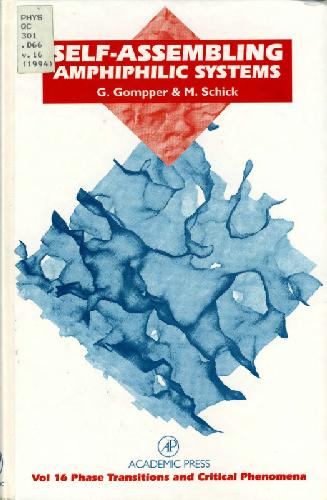Ulrik Brandes, Thomas Erlebach (auth.), Ulrik Brandes, Thomas Erlebach (eds.)3540249796, 9783540249795
‘Network’ is a heavily overloaded term, so that ‘network analysis’ means different things to different people. Specific forms of network analysis are used in the study of diverse structures such as the Internet, interlocking directorates, transportation systems, epidemic spreading, metabolic pathways, the Web graph, electrical circuits, project plans, and so on. There is, however, a broad methodological foundation which is quickly becoming a prerequisite for researchers and practitioners working with network models.
From a computer science perspective, network analysis is applied graph theory. Unlike standard graph theory books, the content of this book is organized according to methods for specific levels of analysis (element, group, network) rather than abstract concepts like paths, matchings, or spanning subgraphs. Its topics therefore range from vertex centrality to graph clustering and the evolution of scale-free networks.
In 15 coherent chapters, this monograph-like tutorial book introduces and surveys the concepts and methods that drive network analysis, and is thus the first book to do so from a methodological perspective independent of specific application areas.
Table of contents :
Front Matter….Pages –
Introduction….Pages 1-6
Fundamentals….Pages 7-15
Centrality Indices….Pages 16-61
Algorithms for Centrality Indices….Pages 62-82
Advanced Centrality Concepts….Pages 83-111
Local Density….Pages 112-142
Connectivity….Pages 143-177
Clustering….Pages 178-215
Role Assignments….Pages 216-252
Blockmodels….Pages 253-292
Network Statistics….Pages 293-317
Network Comparison….Pages 318-340
Network Models….Pages 341-372
Spectral Analysis….Pages 373-416
Robustness and Resilience….Pages 417-437
Back Matter….Pages –







Reviews
There are no reviews yet.